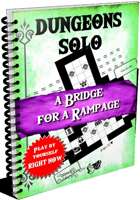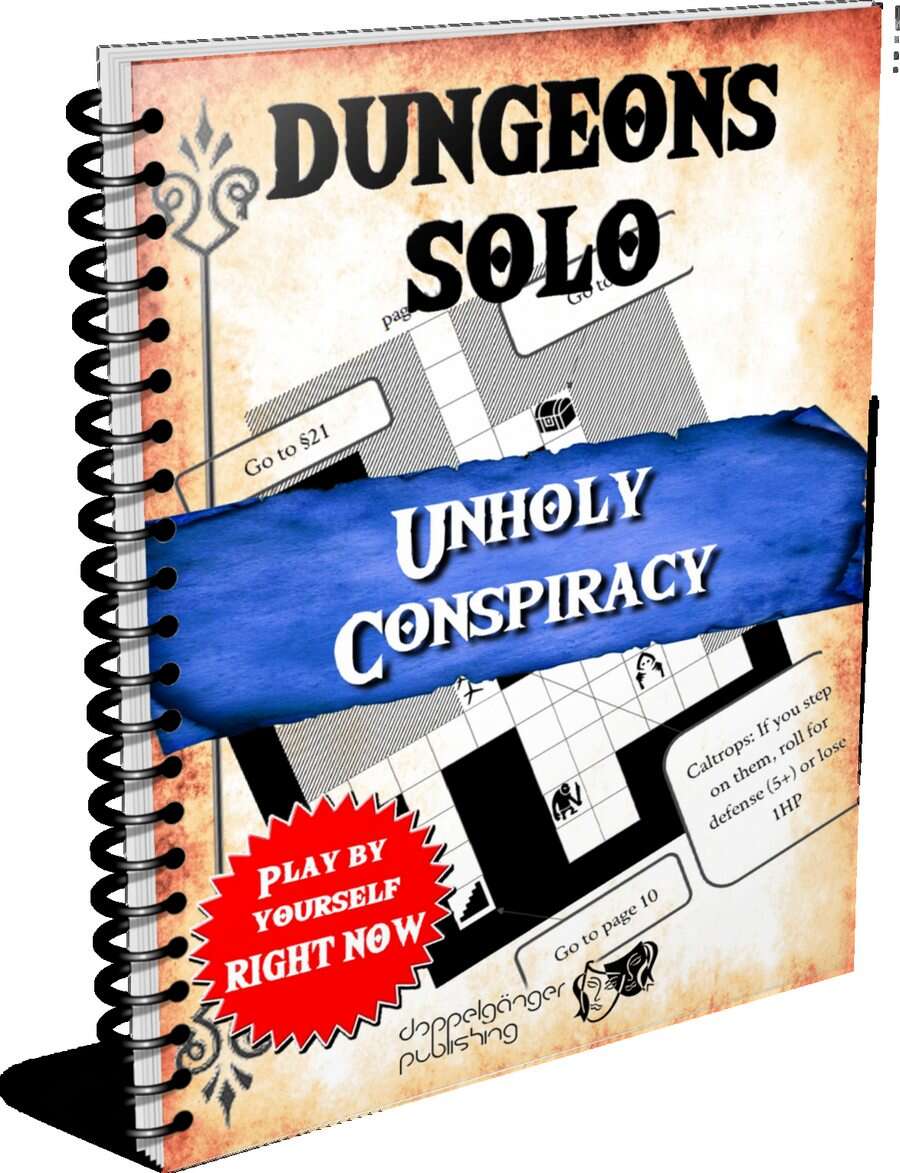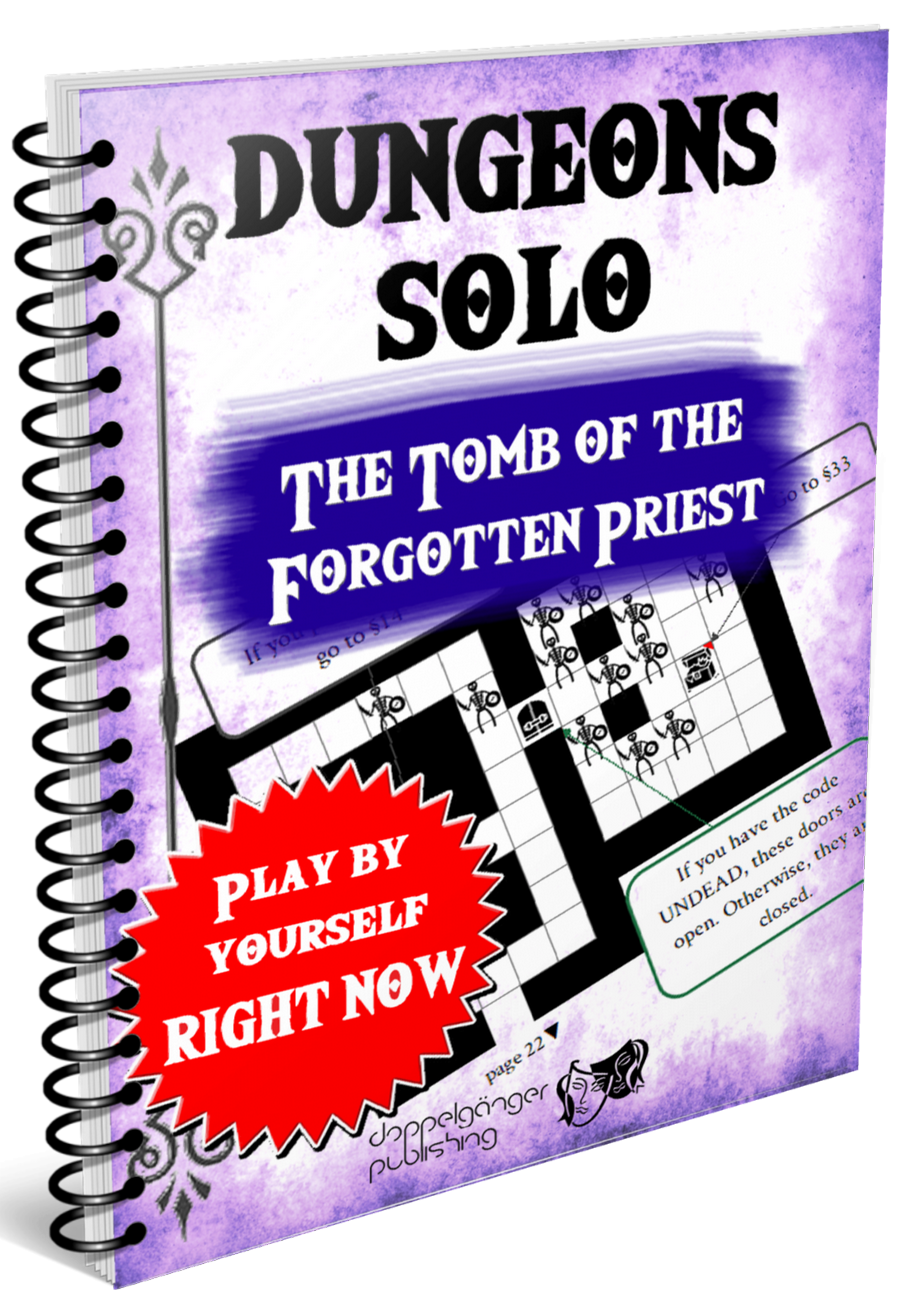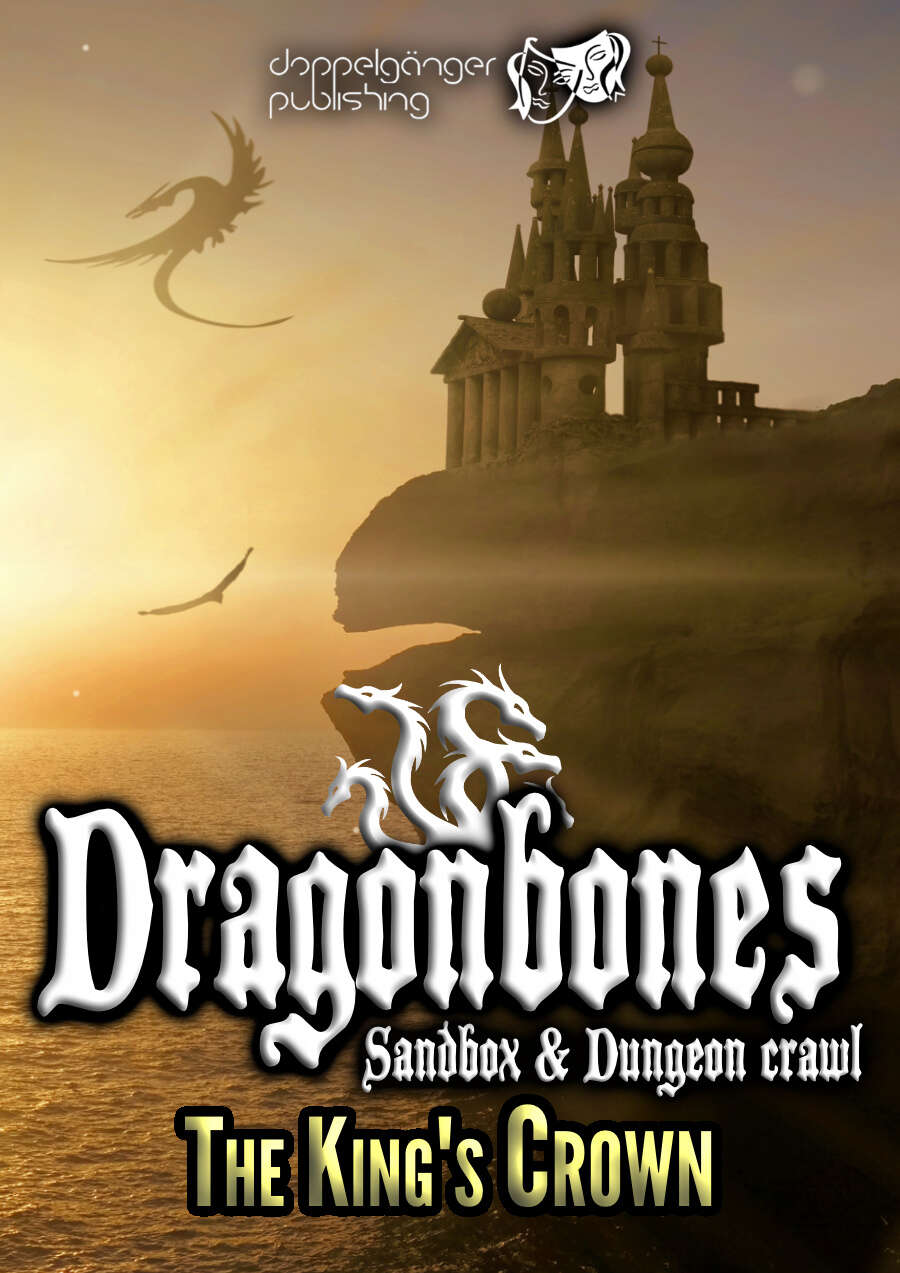
Demi-humans: Short story of publications
In the earliest editions, Demi-Humans were considered to be a class in their own right. Many players didn't understand this choice, which could have seemed very limiting. In later editions and in other fantasy games, the race/class system was not adopted anymore. This was a real relief for dozens of players who saw a lot of possibilities unleashed.
But there was a counterpart:
- Accountants were able to study all statistical possibilities to create the most optimized character possible. We play such a race because its racial bonuses fit well with such a class.
- Over time and across editions, racial restrictions have been progressively erased, allowing for more class association and alignment possibilities
- New sub-categories of races have appeared. Thus, we have seen the appearance of mischievous elves, pranksters such as garden gnomes, wood elves, sea elves, dark and silver elves...
In short, as we say in my region, it was “the Sausage Festival”. As a result, elves, dwarves and other demi-human creatures lost their specificity as faerie creatures. We ended up playing demi-humans as statistically "improved" humans.
The old system - with all its flaws - at least had the advantage of reminding players that an elf, dwarf or halfling was not a human and had its own specific culture, its own way of life.
Dragonbones’s Demi-humans: General
Dragonbones has been designed to allow users to adapt existing material, regardless of the version. Thus, we will offer a separate version of races and classes.
BUT
Players should always keep in mind that a fairy creature has its own morality, its own culture and that it is out of the question to interpret a dwarf or an elf as one would interpret a human.
The indications you will find in the following pages represent ONE way of interpreting half-humans, MY vision (inspired by Tolkien). In no way do I claim that this is the true vision of the half-humans. If the Dungeon Master has another vision, please use it!
But, the Dungeon Master should define the typical profile of his race BEFORE launching his background. If he thinks that elves are mischievous in his background, he should make sure that they are interpreted in a consistent way. The biggest mistake would be to interpret fairy creatures as if they were humans.
Description: Given the variety mess that has been introduced in all existing extensions, there is no real definition of a race. Once again, you will find my interpretationOnce again, you will find my interpretation.
Preferred class: Let's not get stuck in the past,, anyone can become anything. But, given their history and culture, demi-humans have favorite classes. If a player wants to play a half-human outside of his or her favorite class, he or she must justify it with inventiveness.
Preferred alignment: As a result of the description provided, demi-humans have a preferred alignment. This means that the majority of the demi-humans you will meet will have this alignment or something close to it. But that doesn't mean that they will all be absolutely identical! Everyone has their own personal quirks. Also, some halflings may have a completely different alignment if you can justify it with naration
Racial traits: Advantages/Disadvantages conferred by the described race. Some races will seem "statistically" stronger than humans. But this should be compensated by the narrative. The fact is that the world belongs mostly to humans. A fairy creature does not always understand the codes of human societies and should have difficulties to evolve in scenarios involving court intrigues or merchant guilds.
If you want to discover the series, click on the links at the bottom of the page!
If you like solo rpg, don't miss my last productions on dtrpg
And more on the shop of our publisher











No comments:
Post a Comment